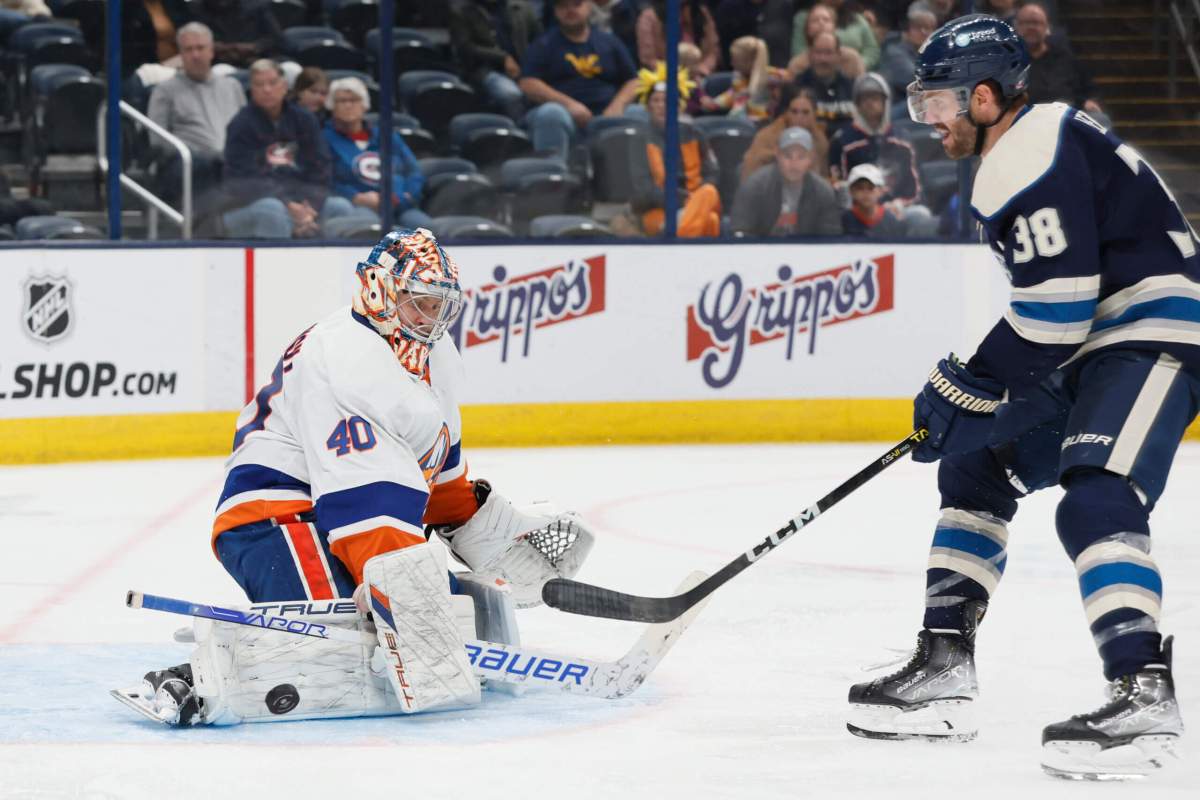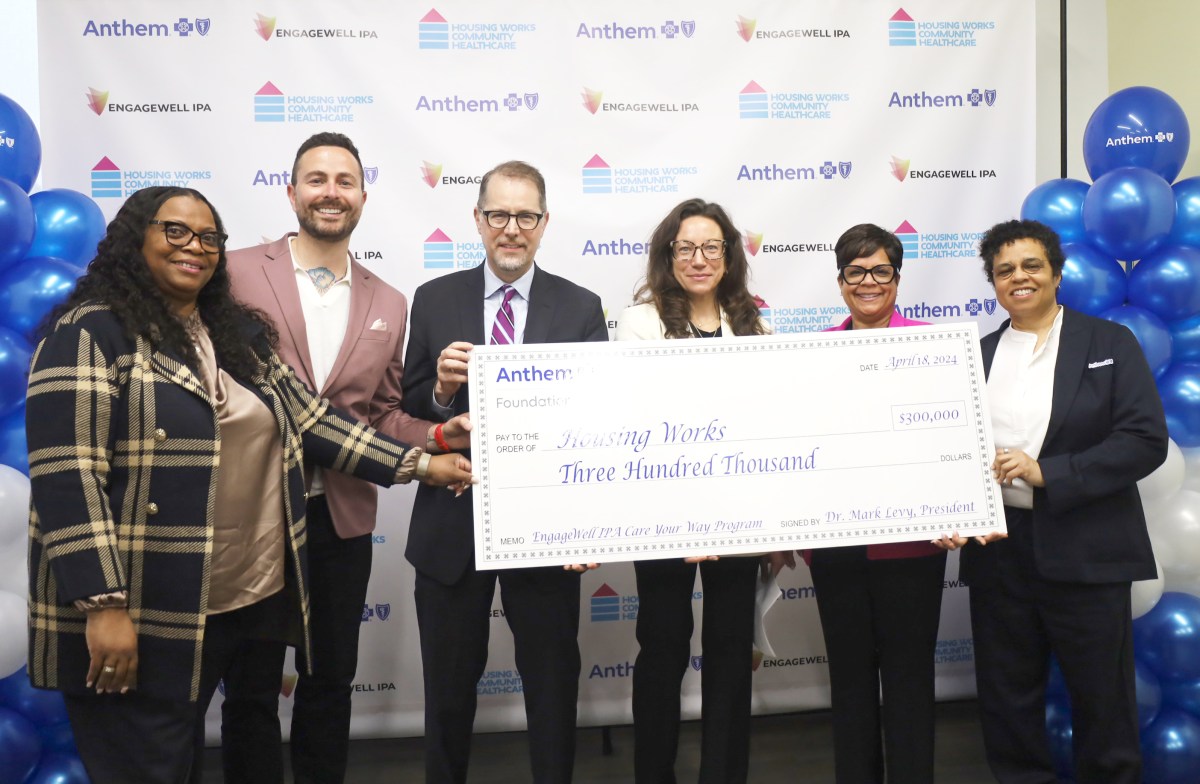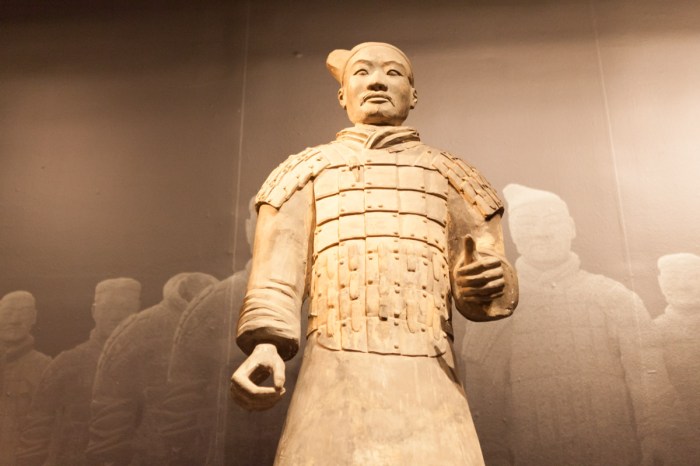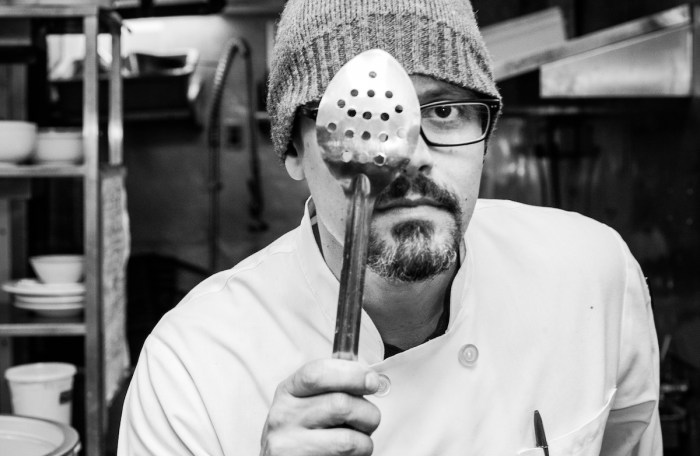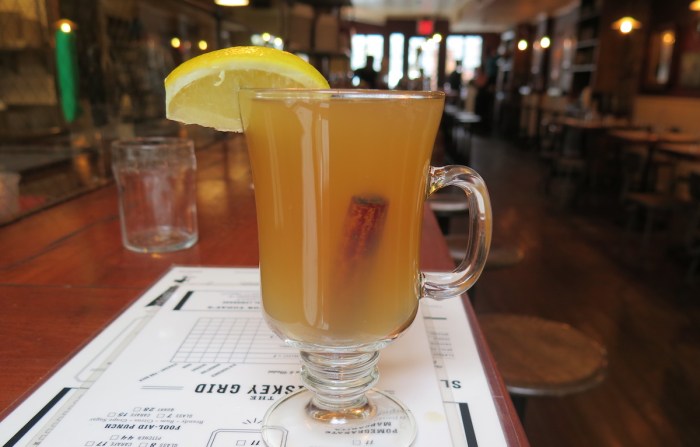What would it take to make American seafood sustainable? Eating more of it is a good start — if you’re getting it from the right places.
The seemingly disparate issues of scarcity and abundance both pose problems for the future of seafood in the U.S. We’re eating too specifically among the varieties available to us: Late last month, Forbes reported that big-name chefs including Tom Colicchio are banding together to stop serving striped bass, stocks of which are down 85 percent this year. At the same time, the seafood we have in abundance is problematic, too. Ninety percent of it comes from overseas, caught and processed in conditions that are often unverified. Last year, the Associated Press found that Burmese men are being enslaved to work on Thai fishing boats whose cargo is sold in American supermarkets. It’s time to change the way we eat seafood. Where we buy it is a good start: Local businesses such as Village Fishmonger in NYC, which operates like a CSA for seafood, are not only serving what’s coming from local farms and waters, but they also care about sustainability, from stocks to fishing methods. Eating a broader range of fish and demanding better catch methods with our dollars are part of it, too. This week is your chance to learn more during the third annual (and first multi-city) Sustainable Seafood Week, featuring tasting dinners, workshops, tours of local fisheries and more delicious-educational hybrid events. We asked two of the big names behind the movement about how we can eat better seafood.
Eat local
“You wouldn’t know it from visiting the supermarket, but there are over 300 varieties of fish in the lakes, rivers and oceans of the Northeast,” says Sean Dixon, founder of Village Fishmonger. So eating locally is not an issue of supply, but of opening your mind to new varieties. (Yes, fish species also have seasons.) The good news is, “If you’re buying product in America, it’s got a lot of robust regulations, a lot of good sourcing transparency,” says Dixon. And, adds chef Rick Moonen, a 20-year advocate of sustainability in seafood, eating locally helps fish everywhere: “Fish caught locally are rarely going to be on the endangered species list,” unlike bluefin tuna, which, at the rate we’re eating it, could become extinct within our lifetime. “Diversify your diet, because by doing so, you’re relieving a fish that we’re loving to death,” Moonen says.
Get low
When it comes to overlooked seafood, the experts say dive deep. “Fish that are a little bit lower on the food chain encompass everything we’re concerned about,” Moonen says. “They have little to no concentration of PCBs [an endocrine disruptor] and methyl mercury.” Fish like mackerel, sardines and anchovies are all underappreciated. (“Eat bait,” he sums up.) For one of the biggest bangs for your nutrition buck, “having a delicious oyster is going to be one of the best bets you can make,” adds Dixon. “Oyster fisheries create habitat, they clean the water, they’re local, they’re near shore, they’re low carbon.” Farming can be good
About half of the world’s fish stocks come from farmed sources, and there are plenty of fisheries and hatcheries doing good work. Moonen supports a company called True North Salmon Company, whose “farm” in New Brunswick reintroduced salmon into a habitat from which they had been wiped out. Alongside the salmon, True North is also raising kelp and mussels that would coexist next to a fish like salmon. “It’s not technology trying to muscle nature into doing what they want; they’re working with nature now,” says Moonen. More locally, “Bringing oysters back to New York Harbor creates habitat and cleaner water quality for more fish, so that’s an aquaculture operation that has wild capture benefits,” Dixon points out. “Just like every fishery is different, every aquaculture operation is different. There’s some aquaculture operations where they’re growing oysters in a tank but then as soon as they’re big enough putting them out in the ocean, in the estuaries and bays, waiting a couple of years and harvesting them later. So there’s a little bit of wild capture, and a little bit of aquaculture.” Certain fishing methods also aren’t necessarily good or bad, says Dixon. “If you’re trawling a net over a coral reef, yeah you’re gonna mess up the coral reef. But if you’re trawling that same net over a sandy bottom like we have off New Jersey, then you’re aerating the mud, and you’re not destroying habitat.” Sustainability matters
There are two aspects to sustainability. What should be the most obvious is keeping fish populations level.
“You can’t play this ebb-and-flow game,” Moonen says of the cycle of overfishing and then using bans to allow a species to rebound. Monkfish used to be unsustainable, but now they’re available again; Atlantic cod is pretty much fished out; halibut is not deemed sustainable from the Atlantic, though the Pacific population fares better because of regulations. “We want more straight-line solutions,” he says. Then there is environmental sustainability: carbon footprint, imported vs. domestic, pollutants, whether bycatch (unwanted fish that are discarded) factors into how a fish is harvested and being conscious of its life cycle (some don’t reach sexual maturity for 40 years). All of this is why it’s vital to choose brands or fishmongers whose sourcing, methods and even employment policies are transparent, and looking for certification, which verifies the health and safety of fish (and the people who catch them). To check the health of your favorite fish and whether it’s being harvested sustainably, Dixon recommends looking it up onFishWatch.
Eva Kis is on Twitter @thisiskis, where she talks about pop culture, cats and media almost as much as food.





